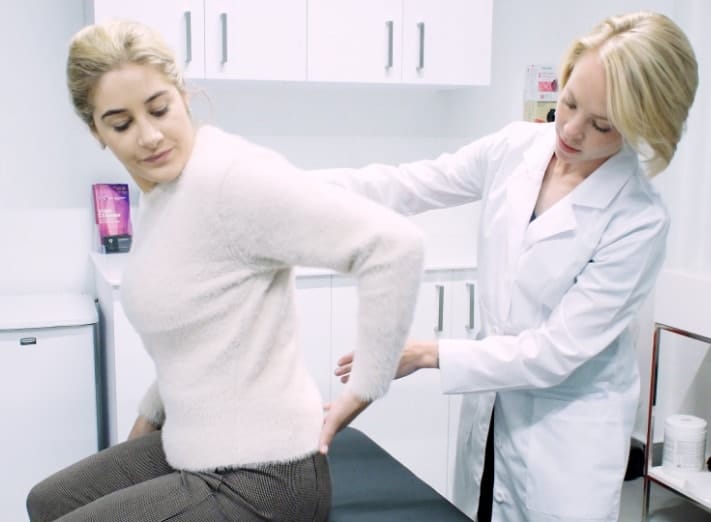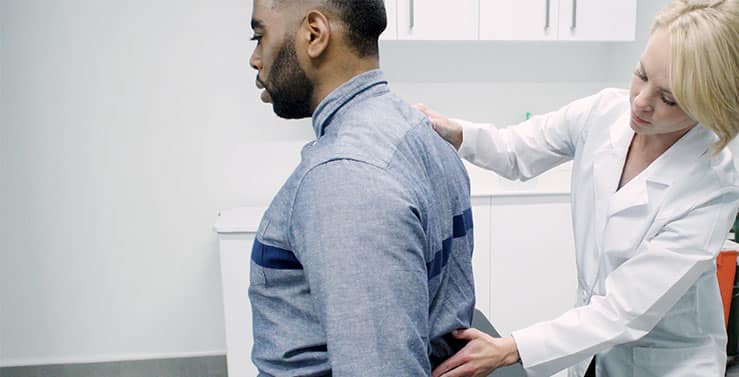What Are The Symptoms And Treatments Of Sciatica, And When Should I See A Doctor In New Jersey?
What is it? A type of localized pain known as sciatica is brought on by irritation or compression of one or more of the roots of the sciatic nerve. Identifying the signs of sciatica is vital because it's one of the most common causes of back pain. Sciatica pain can last for a long time and significantly reduce your quality of life if it is not identified or treated. The article's next section addresses the reasons, signs, treatments, and when to seek medical attention. If you have pain in your back, consult a back pain doctor Clifton, for correct treatment.
The signs of sciatica
The following are some of the most typical symptoms that sciatica pain sufferers may encounter:
- A severe, radiating leg ache worsens when you stand or sit.
- Recurring discomfort and spasms in the lower back on one or both sides. Hip or posterior pain is also typical.
- 'Needles and pins' or tingling in the toes, legs, and feet.
- Rarely, the cauda equina may result in a lack of bladder control.
If You Face Any of these signs, you must visit a back pain treatment center.

Reasons for Sciatica
Most often, sciatica pain is the result of an underlying illness. The issue's core must be addressed before the pain can be adequately treated.
- A herniated disc in the lower back is the leading cause of sciatica. A slipped or herniated disc, which primarily affects the lower back, is typically brought on by accidents, aging, or physical strain.
- This disorder may result from accidental damage to the sciatic nerve or lumbar portion of the spine.
- A vertebra that slips out of position leads to a disorder known as spondylolisthesis, which affects many people.
- The narrowing of the lower back and spinal canal is called lumbar spinal stenosis, one of the leading causes of sciatica in the elderly.
- Sciatica may be brought on by a rare disorder known as cauda equina syndrome, which involves the heap of nerves at the end of the spinal cord.

Sciatica Treatments
What options are there for sciatic back pain treatment? Following the initial medical examinations, your physician might recommend specific over-the-counter treatments.
- Heat and cold therapy Muscle spasms and discomfort can be reduced by applying cold compresses, such as ice packs wrapped in a towel, to the afflicted area and then using a heating pad.
- Medications available over-the-counter: Your doctor might prescribe more if your symptoms don't disappear.
- Under local anesthesia, corticosteroids and other spinal injections have anti-inflammatory effects. This will assist in reducing discomfort and edema to a certain extent. For three months, spinal injections are beneficial.
- Moreover, your physician might suggest physical therapy. Here, you will collaborate with a licensed physiotherapist to design an exercise program to strengthen your core and ease nerve pressure.
- Doctors may also give prescription drugs such as muscle relaxants and anti-inflammatory drugs.
Back Center suggests a broad range of therapy options. Visit and find out which one is the finest for you!
When Should I See a Doctor if I Have Sciatica?
See a doctor as soon as possible if you are suffering from discomfort or soreness in your muscles that worsens with time and lasts longer than a week.
In summary
A study report states that sciatica pain is joint, affecting 10% to 40% of the population. A good treatment approach is aided by early identification. Visit the back pain specialists New Jersey right now.
Comments
Post a Comment